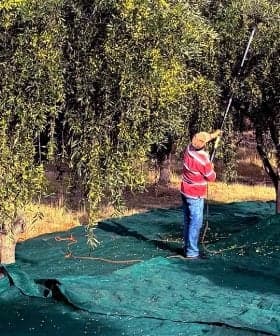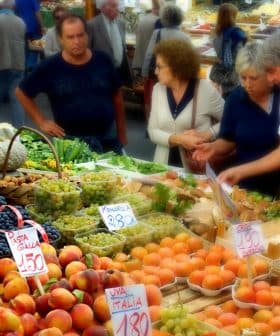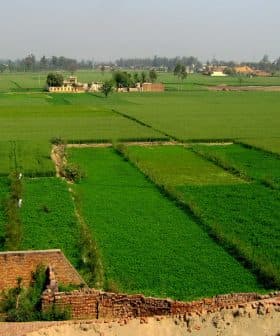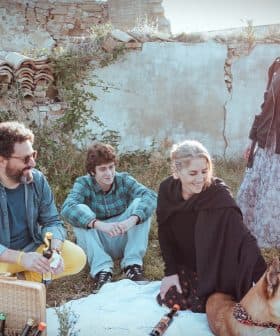 8.9K reads
8.9K readsBusiness
Spread of Xylella Slowing in Puglia, Researchers Say
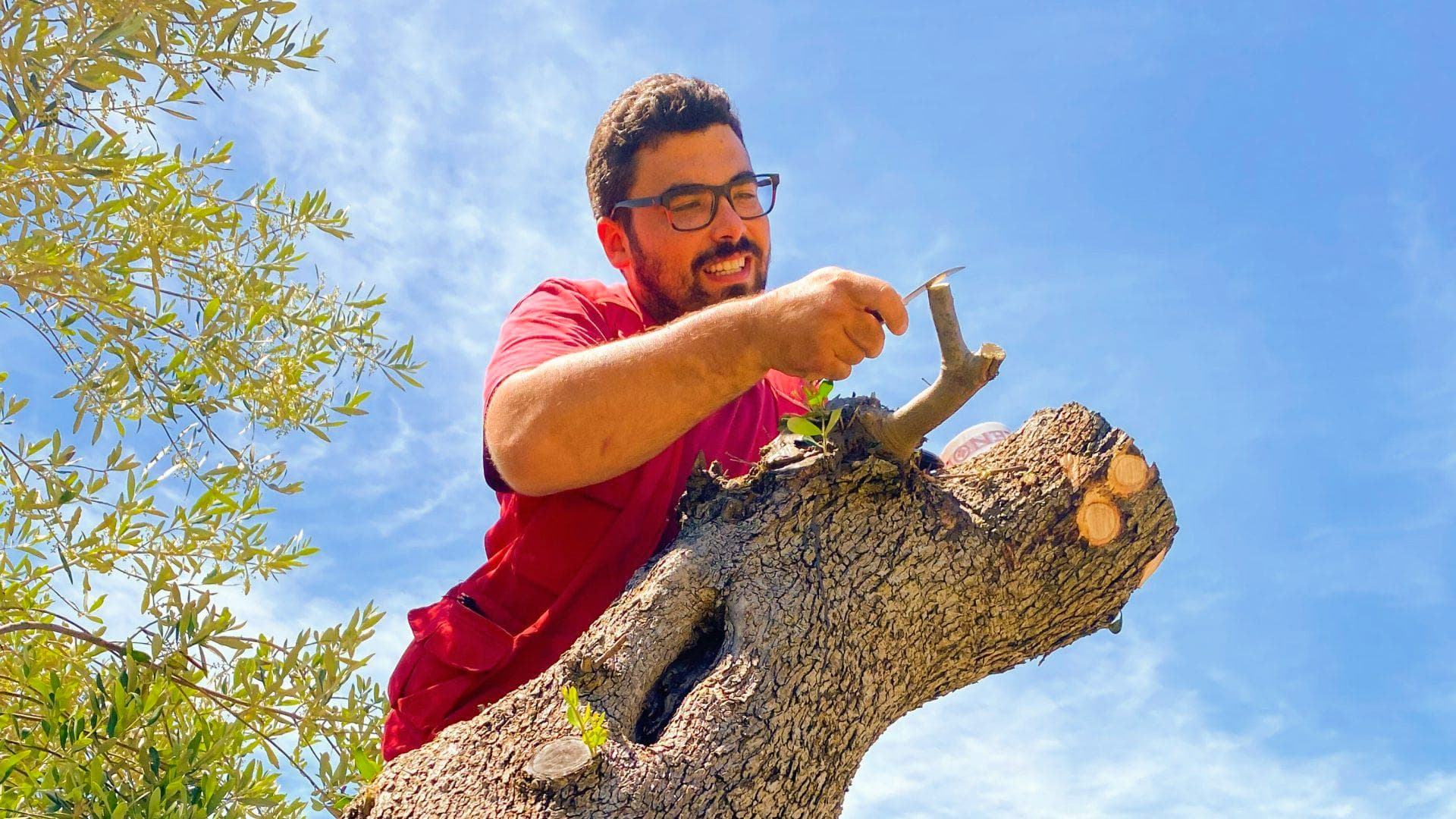
Italian scientific bodies reported to parliament that the spread of Xylella fastidiosa, a bacteria affecting olive trees, is slowing down after years of rapid expansion. Researchers are studying the reasons for this deceleration, including environmental management strategies and genetic improvements to resistant olive tree cultivars, with the goal of preventing further spread of the disease and mitigating economic impacts. Various containment and recovery projects are underway, including grafting techniques on monumental trees to transition them to resilient and productive varieties, as well as the development of monitoring tools to detect and contain outbreaks of the bacteria.
Italy’s main scientific bodies dedicated to agricultural research and combating the spread of Xylella fastidiosa told parliament that the spread of the bacteria is slowing down.
“It has been 10 years since the Xylella outbreak associated with the drying up of olive trees was discovered,” Donato Boscia, research director at the National Research Council (CNR), one of the first to identify the bacterium, told Italian representatives. “And its ability to infect is now declining.”
As of today, we do not have a cure for Xylella, but an integrated approach that allows us to maintain a lower level of infection is producing results.
“In the first seven to eight years, Xylella expanded enormously,” he added. “The infection that at first encompassed 8,000 hectares multiplied its reach on the territory by 100. Today, approximately 40 percent of Puglia is affected at different levels by the epidemic and containment protocols.”
“The news is that in the last two years, the infective capacity of the bacteria decelerated,” Boscia continued. “We can see that, both by the reduction in Xylella’s ability to spread to new areas and by the slower progression of the illness in infected plants.”
See Also:Xylella Arrived in Italy from a Costa Rican Coffee Plant, Researchers SayCNR researchers are studying the reasons for Xylella’s deceleration. One possible reason is an environmental management strategy that has made it more difficult for the insect vectors of the bacteria, such as the marmorated stink bug, to reproduce.
Along with the olive tree, several dozen other local plant species in Puglia are susceptible to Xylella fastidiosa.
Xylella fastidiosa
Xylella fastidiosa is a bacterial plant pathogen that affects a wide range of plant species. It is a Gram-negative bacterium that resides in the xylem, the water-conducting tissues of plants. Xylella fastidiosa is known to cause a serious plant disease called Xylella fastidiosa disease (XFD), which can lead to significant economic losses in agriculture and forestry.
Xylella fastidiosa is transmitted primarily by xylem-feeding insects, such as sharpshooters and spittlebugs, which acquire the bacterium while feeding on infected plants and then spread it to healthy plants. The bacterium colonizes the xylem vessels of the host plant, blocking water transport and disrupting the flow of nutrients, which results in various symptoms and ultimately the decline and death of the infected plant.
The range of plant species affected by Xylella fastidiosa is extensive and includes both agricultural crops, such as grapes, citrus, almonds, and olives, as well as numerous ornamental and landscape plants. The symptoms of Xylella fastidiosa infection can vary depending on the host plant, but common signs include leaf scorch, wilting, yellowing, stunted growth, and dieback of branches.
Xylella fastidiosa has gained significant attention in recent years due to its impact on various agricultural industries worldwide. Outbreaks of Xylella fastidiosa have occurred in regions such as Europe, North and South America, and Asia, leading to the implementation of strict quarantine measures and the destruction of infected plants to prevent further spread.
Efforts are being made to understand the biology of Xylella fastidiosa, develop detection methods, and explore strategies for managing and controlling its spread. However, Xylella fastidiosa poses significant challenges due to its ability to infect a wide range of plant species, its multiple insect vectors, and the lack of effective treatments once a plant is infected.
“In the first few years of the epidemic, approximately 95 percent of the vector insects monitored in several locations tested positive to the bacteria,” Boscia said. “This percentage is now down to 25 to 30 percent.”
At specific times of the year, Apulian authorities, farmers and citizens in the at-risk areas execute a series of land management actions to reduce the opportunities for the vector insects to reproduce.
“What we are seeing is that the rules against plantations that might be sensitive to Xylella and the timely destruction of the infected plants by the farmers are playing a crucial role in this changing scenario,” Boscia noted.
Both CNR and the Council for Research in Agriculture (CREA) underlined the significance of current research investigating the role of genetics in efforts to curb the spread and mitigate the economic impacts of Xylella.
“That might help us prevent or delay the further spread of the illness,” Pio Federico Roversi, director of CREA’s National Institute for Plant Protection, told Italian representatives.
Stefania Loreti, a scientist of the National Bacteriology Laboratory at CREA, told parliamentarians that the practical effects of genetic improvements to olive trees would require 10 to 15 years to bear fruit.
Italian researchers have identified the Leccino and Favolosa (Fs-17) cultivars as the only two Xylella-resistant olive trees.
“Genetic improvement is crucial, as Leccino and Favolosa are not enough to re-populate the whole Apulian olive tree landscape,” Loreti said. “We are now researching molecules able to kill the Xylella bacteria [without damaging other plant tissues].”
Local olive growers are looking increasingly at Leccino and Favolosa grafting. CNR researchers have found that these grafts allow trees otherwise sensitive to Xylella to cope with the infection successfully.
“That is part of our action against Xylella,” Emmanuel Sanarica, the award-winning producer of Ulive, told Olive Oil Times.
“The farm where we are applying our anti-Xylella strategy is within the red zone [where active Xylella infections have been identified],” Sanarica said. “That means we have limits on the varieties we can plant there, as only Leccino and Favolosa are allowed.”
“Since 2018, our goal has been to save monumental [milennary] trees that have been here for centuries, witnesses of time,” he added. “Some of them have a diameter exceeding three meters; we could not stand their demise. So we began removing their crowns and grafting Leccino and Favolosa cuttings.”
Through this type of grafting, Sanarica hopes to transition these landmarks of the Apulian landscape from susceptible to resilient and productive varieties. He expects the process to take three years.
“I personally managed the grafting, given the significance of those trees,” Sanarica said. “We have 120 trees partially or completely grafted. That happens as after the first grafting; we proceed to a few others to fully reinstate the crown of the trees.”
Sanarica emphasized how the grafting operations do not turn the ancient trees into common Leccino or Favolosa trees.
“What we are finding out is that the new fruits are greatly impacted by the vigor of those huge trees,” he said. “Their olive oil is different from what you could expect with those two cultivars; they bear a different sensorial outcome. We are very happy with the first results, and we plan to go ahead with our strategy.”
“This technique should be more considered, but I know some [farmers] are afraid to lose production,” he added. “In reality, it is a brave choice, but we need to save those trees to preserve our history and territory.”
Coldiretti and Unprol, Italy’s main farmers’ and olive oil producers’ associations, are also testing the grafting techniques as part of a broader containment and recovery project.
“What we are doing now, on 100 monumental trees, is to cut their crown and graft Leccino cuttings,” Nicola Di Noia, Unaprol’s general director, told Olive Oil Times. “We expect those trees not to bear fruit for approximately four years.”
“As of today, we do not have a cure for Xylella,” Roversi confirmed to parliament, “but an integrated approach that allows us to maintain a lower level of infection is producing results.”
“This approach also includes several kinds of treatments as well as actions to sustain the nourishment of the olive trees by taking care of the soil, which in southern Puglia is traditionally poor,” he added. Several treatments are undergoing testing.
According to Italian scientists, easy, fast, inexpensive and simple-to-use solutions to monitor the spreading of the bacteria are currently under development and partially in use.
Roversi cited some of the many monitoring tools in the field beside the laboratory, such as dogs trained to identify infected plants or single-use kits that can help the border authorities monitor the huge amount of plants being moved into and out of the region.
“Thorough monitoring of the region is crucial, as timely action is essential,” Roversi said. “It means that if an outbreak happens in a new area, it is vital to be able to identify it immediately. That outbreak might be limited to only a few plants and, if they are identified and removed in time, it can be efficiently contained.”



